This is the Brennan Monorail, a train from the early 1900’s that seemed to defy the laws of physics. Not only did it keep itself perfectly balanced on a single rail, but it mysteriously leaned into corners without any driver input. This was a real invention – and it was unveiled to the public in 1910 by its inventor Louis Brennan.
Table of Contents

Advantages of a gyro monorail train
The idea was that using a single rail instead of two would make trains faster and railways cheaper to build. His train could take corners at greater speeds without being thrown off the tracks and railways would only need half the material. Unlike the monorails we’re familiar with today, which wrap themselves around tracks built high in the air, Brennan’s monorail could run on existing tracks.
Although it looked a bit sketchy, it was by design, very stable. At the heart of the train was a gyroscope that would correct the train’s tilt before the passengers even noticed. This was a mind-blowing piece of engineering, especially for 1910. But how did it actually work?
We modeled the entire thing and studied the original patents to show you how incredibly clever this design was. But in order to understand exactly what’s going on here, we need to know a bit about gyroscopes.
The basic principles of gyroscopes
The basic principle is that if you spin a disc really quickly, its angular momentum tries to keep it perfectly stable. If you try to tilt it in this direction, it starts rotating around the vertical axis. This is called precession. But if instead of tilting it, we cause it to precess, it actually tilts the disc in the opposite direction. And so when the disc tilts, it causes precession, which in-turn causes it to tilt against the initial force. This adds an extra bit of precession, bringing the disc back to its original position. It’s because of this, that a gyro will always try to find its way back to equilibrium.
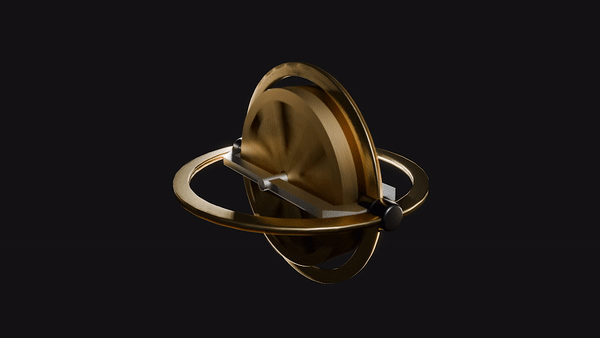
Brennan saw this as the key to keeping his train balanced. And so he experimented by placing a flywheel in a model train and hooking it up to an electric motor. Initially, this worked, and any time the train started to fall, the disc would precess and keep the train upright. But this design had one major flaw.
When the train came to a corner, it immediately flew off the track. The problem was that when the train turned, the gyro didn’t turn with it, since it was trying to maintain its position in space. From the train’s point of view, the gyro was precessing, which caused the train to tilt over and fall off the track.
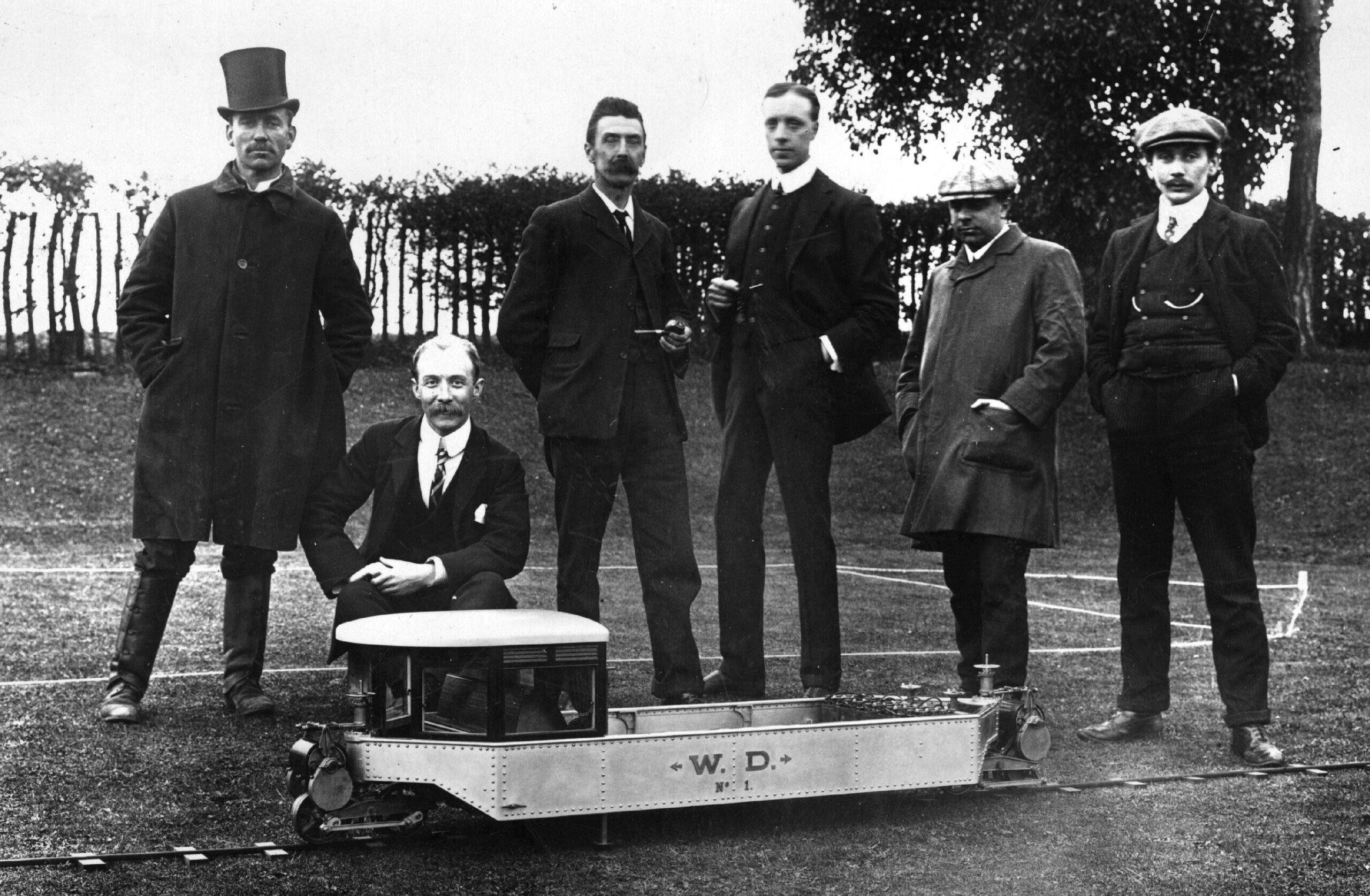
To solve this problem, Brennan put a second gyro in the train and made it spin in the opposite direction. Both were connected by a gear, so that when one gyro precessed, the other would precess in the exact opposite direction. When the train turned a corner, both gyros wanted to keep facing the same way.
But this was impossible since the gear stopped them from rotating in the same direction. And so both gyros were forced to rotate with the train and this unwanted precession got canceled out. This was a stroke of genius by Brennan, as it meant that only the train’s tilt could affect the gyros.
Full sized prototype
With another problem solved, he started working on the full-sized prototype that he could test with real passengers. This was a 12 meter long, 22 ton vehicle with 2 massive gyros spinning at three and a half thousand rpm. But scaling up his design uncovered a massive problem.
Now that some serious weight was involved, the gyros weren’t only fighting against their own rotation – but also the force of gravity trying to pull down the train. This was much easier to overcome in Brennan’s smaller model – but with 22 tons now trying to pull the train over, the gyros had to be much stronger.
In order for Brennan’s train to keep itself perfectly balanced, it needed to overcome its own weight which was constantly trying to pull the vehicle over. As it leaned, the center of gravity shifted, and the vehicle got pulled down more and more. The natural precession of the gyros wasn’t strong or quick enough to keep the train stable – and so Brennan came up with a new solution.
He realized that the key to all of this was taking control of the gyros precession. By purposefully precessing them quicker than they would normally precess, a stronger force would be put into righting the vehicle.
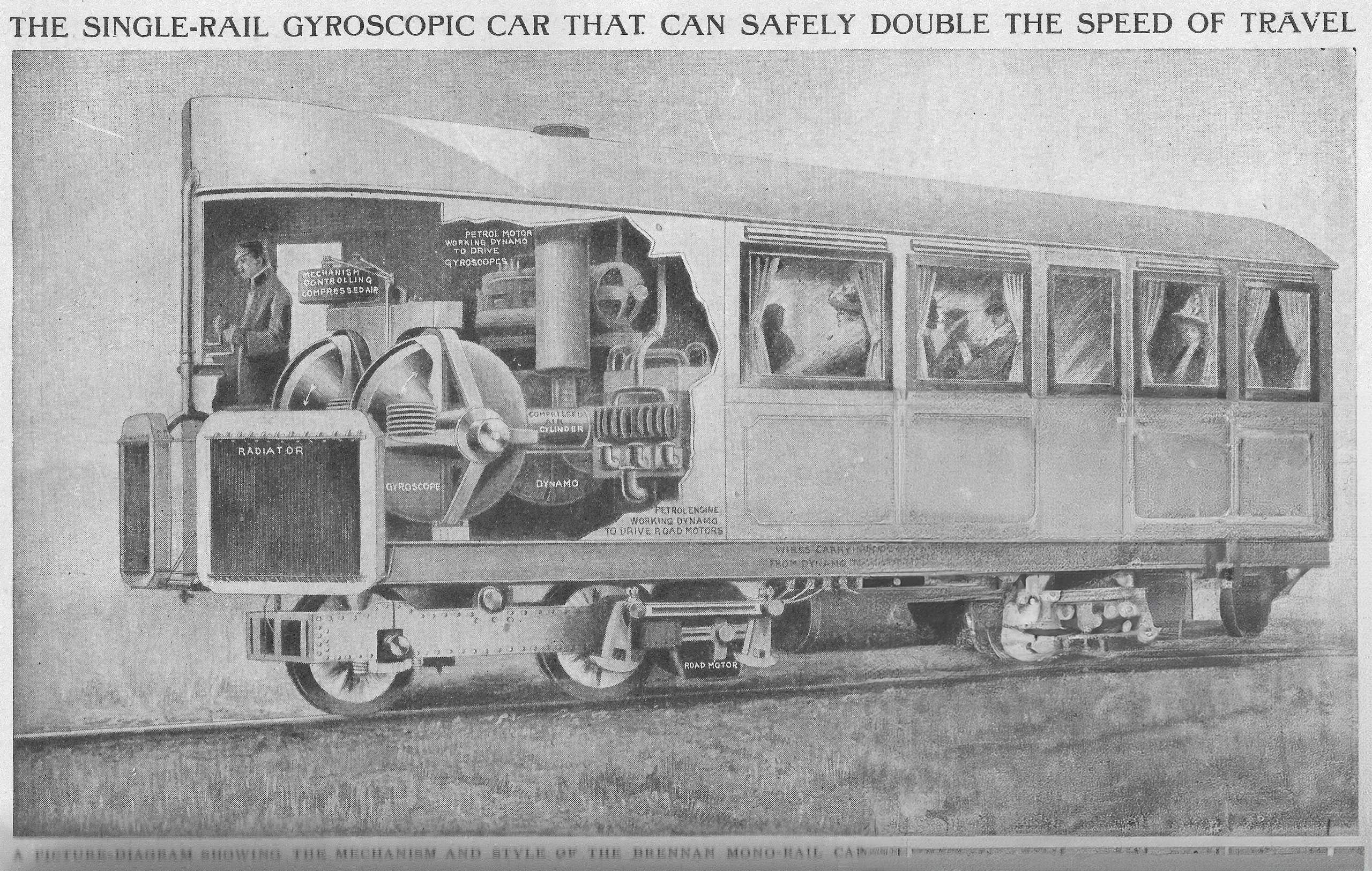
He hooked the gyros up to a petrol engine and encased them in vacuum sealed casings to reduce friction. Even if the power ran out, the gyros would keep spinning for up to 30 minutes before the train could fall over.
He placed the gyros in a single gimbal that allowed the whole system to rotate on the train’s roll axis. The axles of each gyro stuck out of the casing and sat between two guide plates that were attached to the train’s chassis. As the train tipped over the axles would make contact with one of the plates and friction would cause them to roll over like a wheel on the ground.
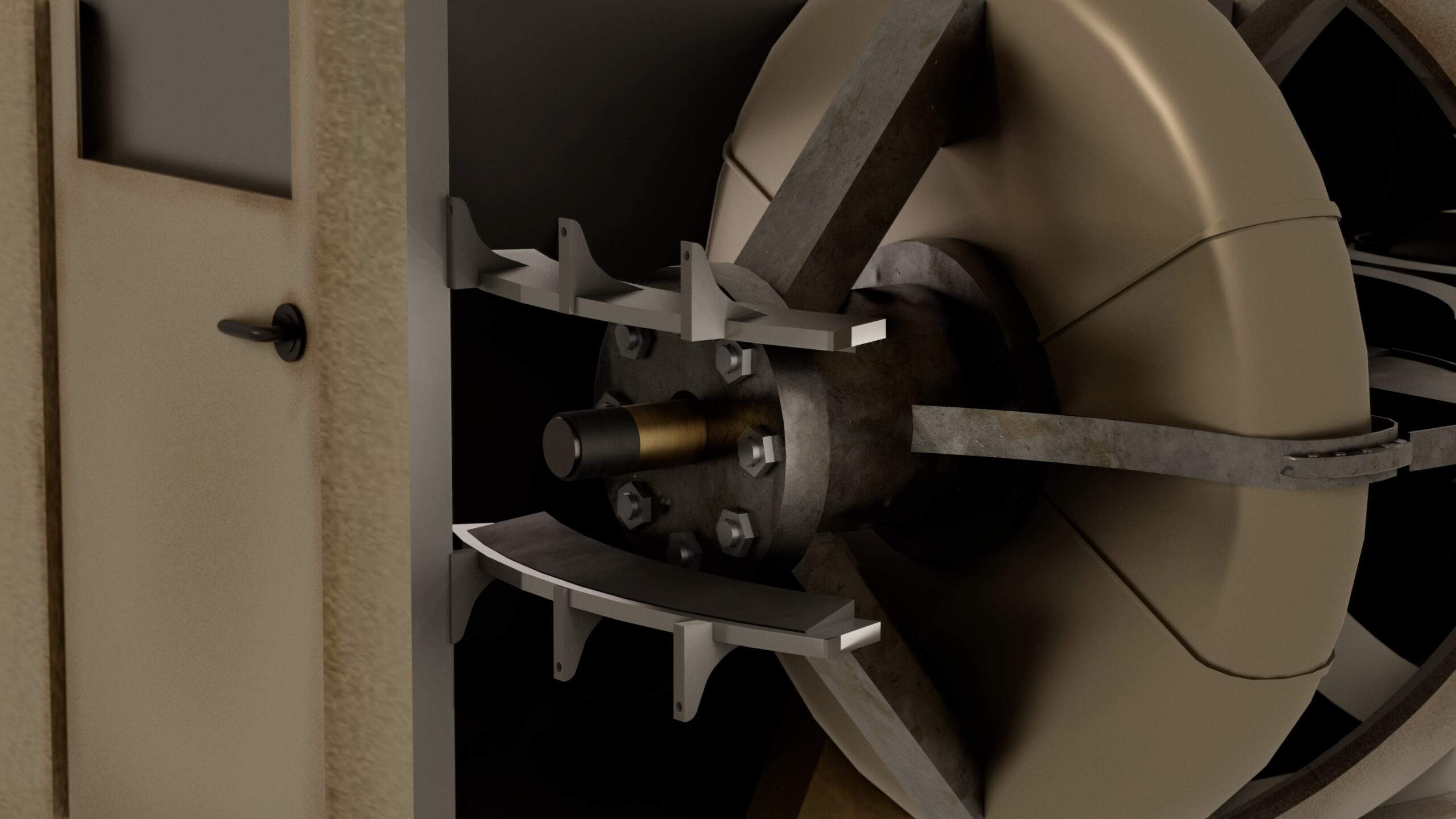
This would force the gyro to precess much quicker than the previous design, forcing the entire train back to equilibrium. This worked well for small corrections and caused the train to lean into the corners and go against the centrifugal force. Although it looked strange, to the passengers inside, the train would feel completely level and drinks would remain in their glasses. The problem was, vibrations would cause the gyros to bounce on the guide plates, and they never produced a smooth and proportional force on the train.
And so Brennan got rid of the guide plates and came up with an even better solution. He fixed the gyros to the train’s chassis, so they would rotate with the train. When the train tipped over, the gyros did their usual thing and started to precess naturally.
How the gyroscope worked
On the right hand gyro, its axle was directly connected to a mechanism that controlled an actuator rod. This rod was linked to a lever and two valves, which controlled the flow of compressed air. This compressed air flowed through two pipes that entered into either ends of a large tube running through the center of the gyroscope. Inside this tube was a gear rack, which was placed between the two gyros and could move back and forth to rotate them.
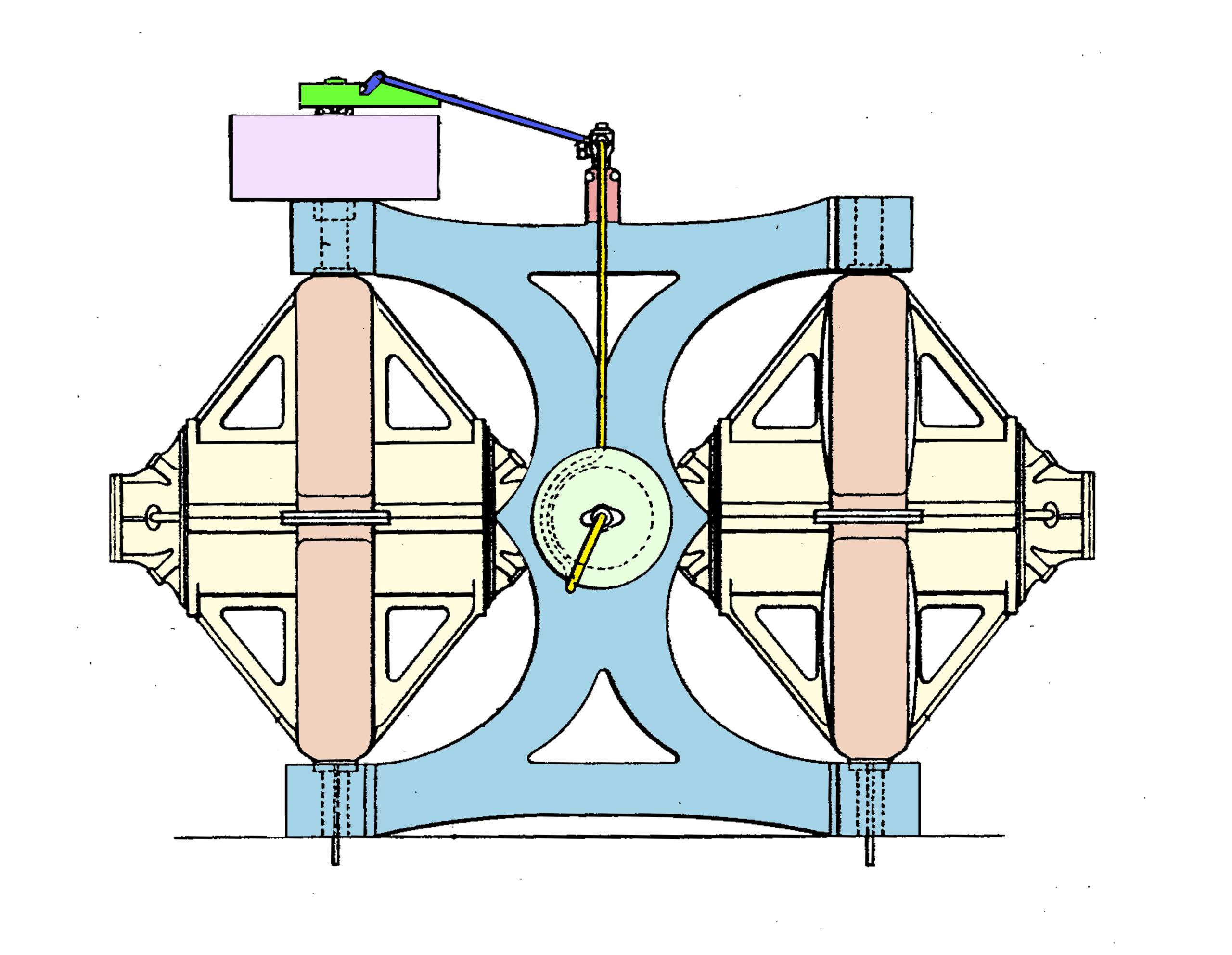
When the train tilted, the gyros would precess, and the clever actuator arm would activate the valves. By closing off one of the valves, compressed air would then flow through one of the pipes and into one end of the tube. This would increase the pressure, pushing the gear rack and forcing the gyros to precess in the opposite direction until the train returned to equilibrium. This all happened instantly, and the gyros would react before the train ever got too unbalanced.
The key here is that the compressed air acted like a pneumatic or hydraulic system, allowing a smaller force to produce a much bigger force. The force of the compressed air gets sent equally through the air in the tube. Once it gets to the larger piston, the same force is multiplied over a larger area – and so this piston is moved with much greater force than the gyros put into it.
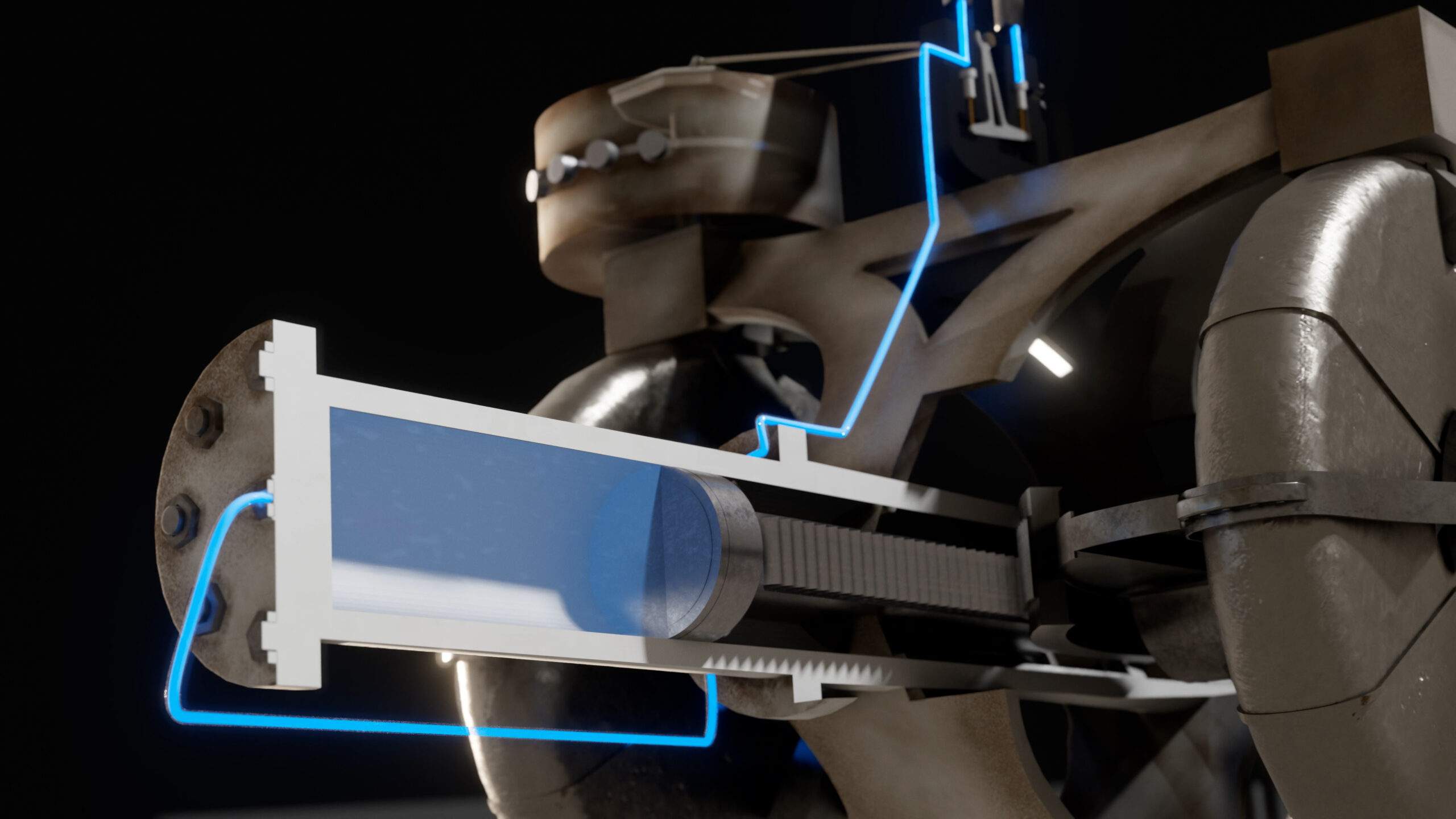
This genius system took the force of the train tipping over and multiplied it against itself to create a train that always wanted to stay level. Brennan had finally mastered his design. His train was so strong that even if every passenger stood on one side, the train would stay perfectly balanced. His prototype was a huge success, and at the time, it really did seem like the future.
But unfortunately, investors weren’t confident in the design, and the fact that every train carriage would need its own gyroscope brought the project to an end. Two railed trains were already well established at the time, and Brennan’s train became largely forgotten about. Either way, it’s amazing to uncover these incredible inventions and appreciate the geniuses behind their creation.
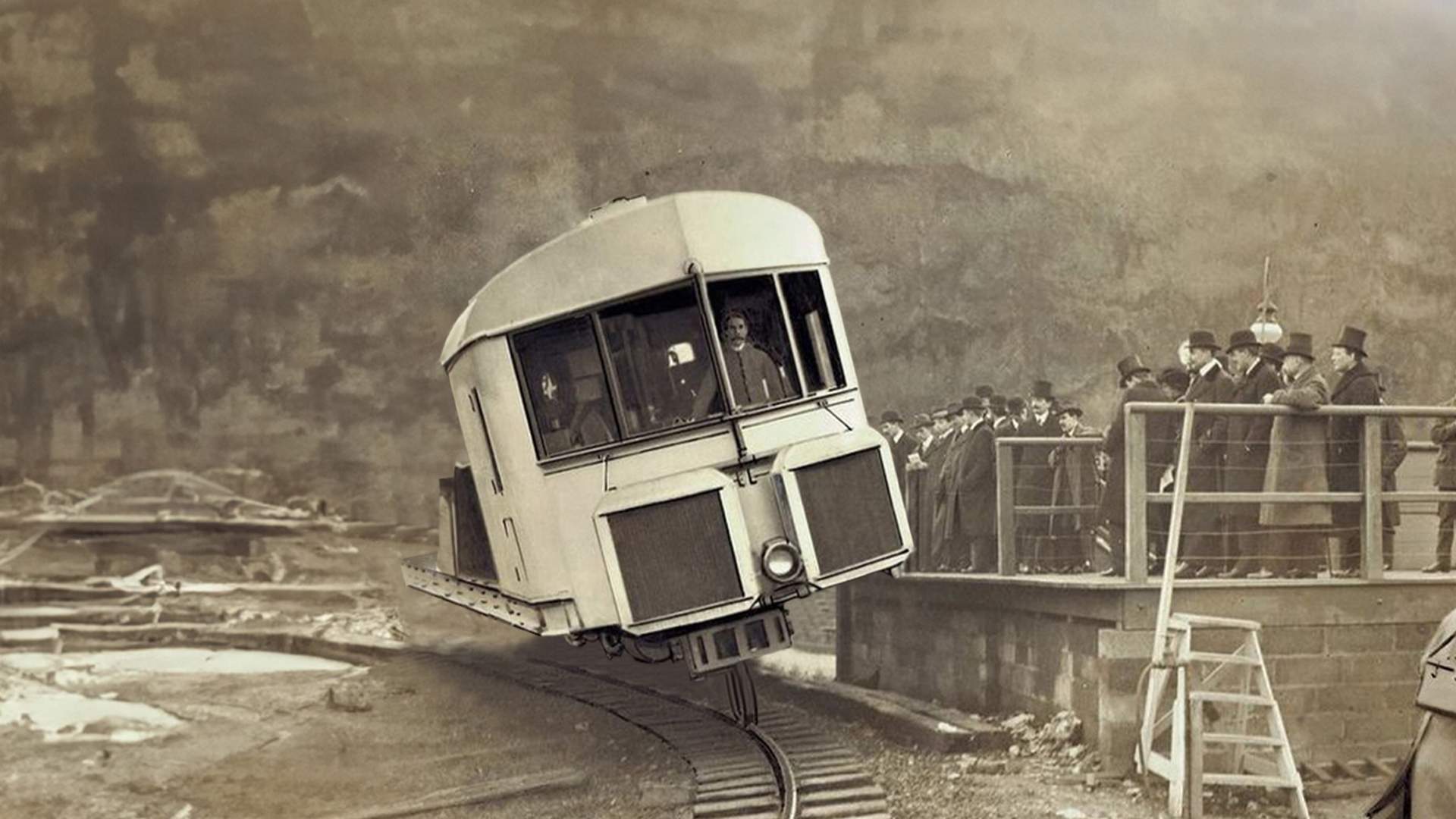

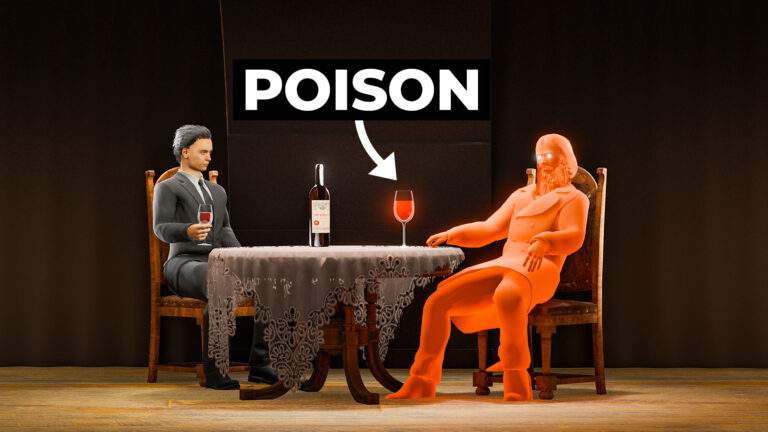
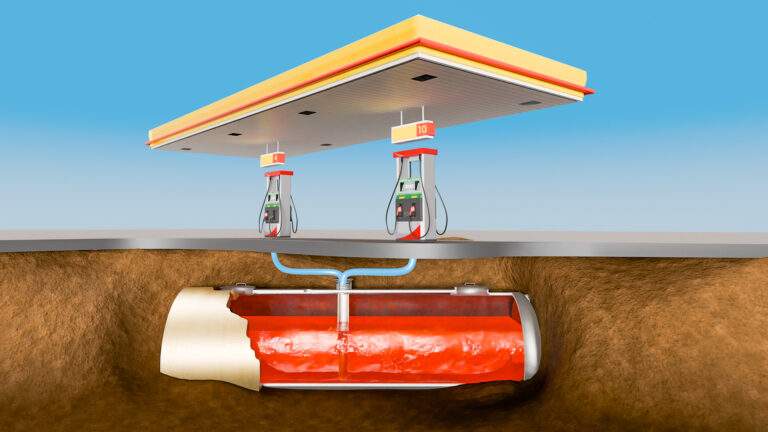


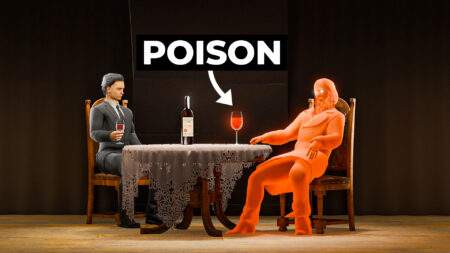
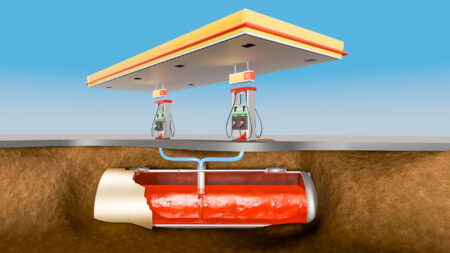





Good evening. I greatly appreciate the explanation and history of the device you’ve shown. But…
I’m investigating one of your statements which I think may have been in error. Specifically when discussing the actuation of the pneumatic cylinders, you state that the valves would open with the motion of the gyros such that they “would increase the pressure, pushing the gear rack and forcing the gyros to precess in the OPPOSITE DIRECTION until the train returned to equilibrium.” I watched the YouTube video, the animation of which agrees with your statement here.
However, after 2 hours of thought on angular momentum and looking at Brennan’s patent, I believe that the rack actually needs to be moved in the SAME DIRECTION as the precession. In other words, rather than fight precession, a stable system must exaggerate it. Figure 3 of Brennan’s patent shows that pneumatic lines p p are crossed. One goes to the bottom of a valve while the other goes to the top. Admittedly, I have not fully understood the patent having only reviewed the images and paragraphs briefly.
Interestingly, part of your YouTube video shows an intermediate version of the gyroscopic device in which friction pads are used against the gyroscopes’ axles. In that animation, you show that the gyroscopic precession is exaggerated by the friction plates, not counteracted, which agrees with my understanding of how torque and angular momentum work. I ask you to compare your own animation of the friction plate and pneumatic systems to see the differences in what you created. I presume creating this video and webpage has informed you about some of the math behind gyroscopic precession and therefore also ask you to compare your understanding of torque, cross products, right-hand-rules, etc. to the two animations and determine which one you think will lead to stability.
I believe the animation of the friction plates is correct, but the pneumatic system animation is incorrect. I believe your pneumatic lines in the animation need to be crossed such that gyroscopic precession is exaggerated, not fought, and the animation subsequently reversed so that thy gyroscopes are moving correctly.
Kind regards,
An engineer up later than he should be designing something for a personal project that involves gyroscopes
P.S. You may be pleased to know that your video provided pivotal information that has enabled my project to work. I’m trying to design a legitimate hoverboard (think Treasure Planet, Sonic Riders, or Back to the Future), and besides thrust to weight ratio and flight time, stability is another huge problem. Stability can be solved with gyros, but how you solve it is much easier said than done. Your video gave me a way to guarantee control of the hoverboard by introducing the torque cancelling effects of counterrotating gyros. It led me to find the Scherl car, which has vertical gyros (more appropriate to my design), and I now have an idea to modify the Scherl design to make my hoverboard actually stable at a minimum weight… all possible thanks to your video on Brennan’s monorail. I would never have thought to look up monorails for gyroscope info were it not for YouTube putting your video in my recommended list. So in spite of my criticism of your design, please also accept my sincere thanks.
Very interesting! I also enjoyed your YouTube video on this topic. I believe one significant drawback of this design is that it requires double-flanged wheels to keep them on the rail. The flanges will be almost constantly rubbing against the sides of the rail, and the wheels would need to be replaced much more frequently than on traditional (2-rail) rail vehicles – which, as I understand, rely on the tapered (conical) cross section of the wheels to keep the vehicle centered between the rails, not by the flanges rubbing against the rails. The flanges only rarely make contact with the rail, greatly extending the life of the wheels, compared to the above double-flanged wheel design. Anyway, I guess it’s a moot point, as Brennan’s design never made it to production.